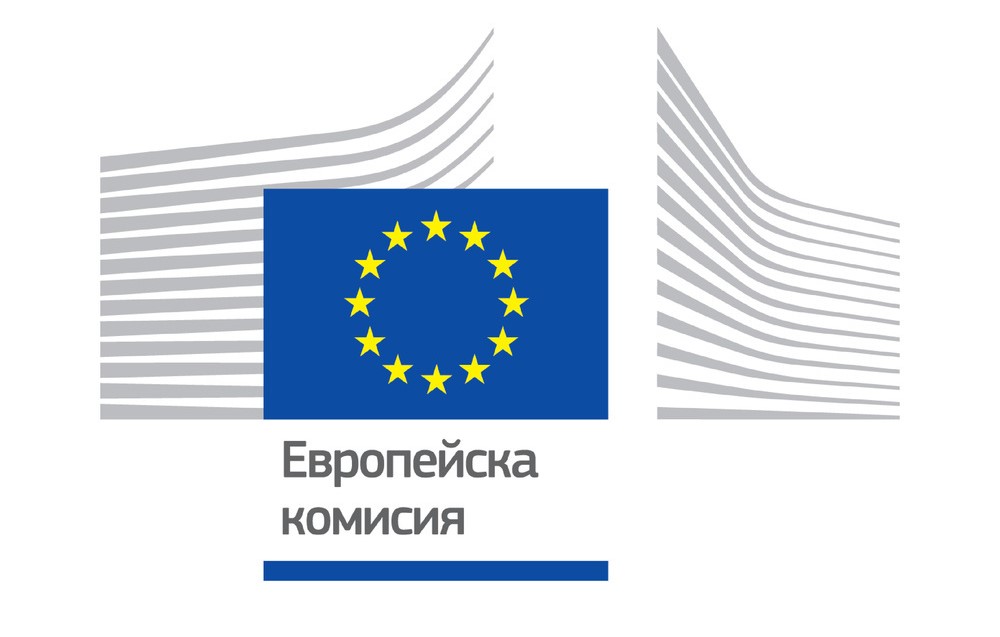Executive summary
The EU economy staged a comeback at the start of the year, following a prolonged period of stagnation. Though the growth rate of 0.3% estimated for the first quarter of 2024 is still below estimated potential, it exceeded expectations. Activity in the euro area expanded at the same pace, marking the end of the mild recession experienced in the second half of last year. Meanwhile, inflation across the EU cooled further in the first quarter.
This Spring Forecast projects GDP growth in 2024 at 1.0% in the EU and 0.8% in the euro area. This is a slight uptick from the Winter 2024 interim Forecast for the EU, but unchanged for the euro area. EU GDP growth is forecast to improve to 1.6% in 2025, a downward revision of 0.1 pps. from winter. In the euro area, GDP growth in 2025 is projected to be slightly lower, at 1.4% - also marginally revised down. Importantly, almost all Member States are expected to return to growth in 2024. With economic expansion in the southern rim of the EU still outpacing growth in north and western Europe, economic convergence within the EU is set to progress further. On the 20th anniversary of the enlargement of the EU towards the east and the south, it is notable that, after almost stalling last year, economic convergence is also set to resume for the newer Member States. It is expected to continue at a sustained pace throughout the forecast horizon and beyond (see Special Topic).
Economic activity broadly stagnated in 2023. Private consumption only grew by 0.4%. Despite robust employment and wage growth, labour incomes barely outpaced inflation. Moreover, households put aside a larger share of their disposable incomes than in 2022, as high interest rates kept the opportunity cost of consumption elevated, while high uncertainty, the erosion of the real value of wealth by inflation and the fall in real estate prices sustained precautionary savings. Investment grew by 1.5% in 2023, but largely driven by a sizeable carry-over from 2022. Especially towards the end of the year, weakness in investment was widespread across Member States and asset types, with a pronounced downsizing of the interest-rate-sensitive construction sector. External demand did not provide much support either, weighed down by a sharp slowdown in global merchandise trade. Still, with domestic demand stagnating, imports contracted more than exports, lifting the contribution of net external demand to real GDP growth to a sizable 0.7 pps. Last, but not least, the negative drag of an unusually strong inventory cycle detracted almost 1 pp. from domestic demand, and explains most of the over-estimation of real GDP growth in 2023 in previous forecasts. Meanwhile, HICP inflation has continued declining. From a peak of 10.6% in October 2022, inflation in the euro area is estimated to have reached 2.4% in April 2024. Inflation in the EU followed a similar path, with the March reading (April was still missing at the cut-off date of this forecast) coming in at 2.6%. Rapid fall in retail energy prices throughout 2023 was the main driver of the inflation decline, but underlying inflationary pressures started easing too in the second half of 2023, amidst the weak growth momentum.
Expectations for imminent and decisive rate cuts across the world have been pared back in recent weeks, as underlying inflationary pressures - especially in the US – have proved more persistent than previously expected. In the euro area, where the European Central Bank last hiked its policy interest rates in September 2023, markets now expect a more gradual pace of policy rate cuts than in winter. Euribor-3 months futures suggest that euro area short-term nominal interest rates will decrease from 4% to 3.2% by the end of the year and to 2.6% by the end of 2025.
Outside the euro area, central banks in some central and eastern European countries, as well as Sweden (after the cut-off date) have already embarked on a cycle of monetary policy easing.
Although retail interest rates have already started to come down, bank lending has so far failed to rebound, due to some further tightening of credit standards, but especially lower corporate demand for loans. However, as interest rates keep falling, the conditions for a gradual expansion of investment activity remain in place and are even bolstered by the robust financial deleveraging in preceding quarters.
With prolonged weakness in the manufacturing sector leaving many plants operating below normal capacity utilisation rates, equipment investment is expected to expand only marginally this year (see Box I.2.1), before accelerating in 2025. Non-residential construction investment is expected to remain resilient, largely reflecting government infrastructure spending with RRF support. By contrast, housing investment is projected to continue contracting this as continued fall in house prices and a still large build-up of inventories weigh on supply. The downsize of residential construction is set to continue in 2025, but the aggregate outlook masks significant variation across countries.






